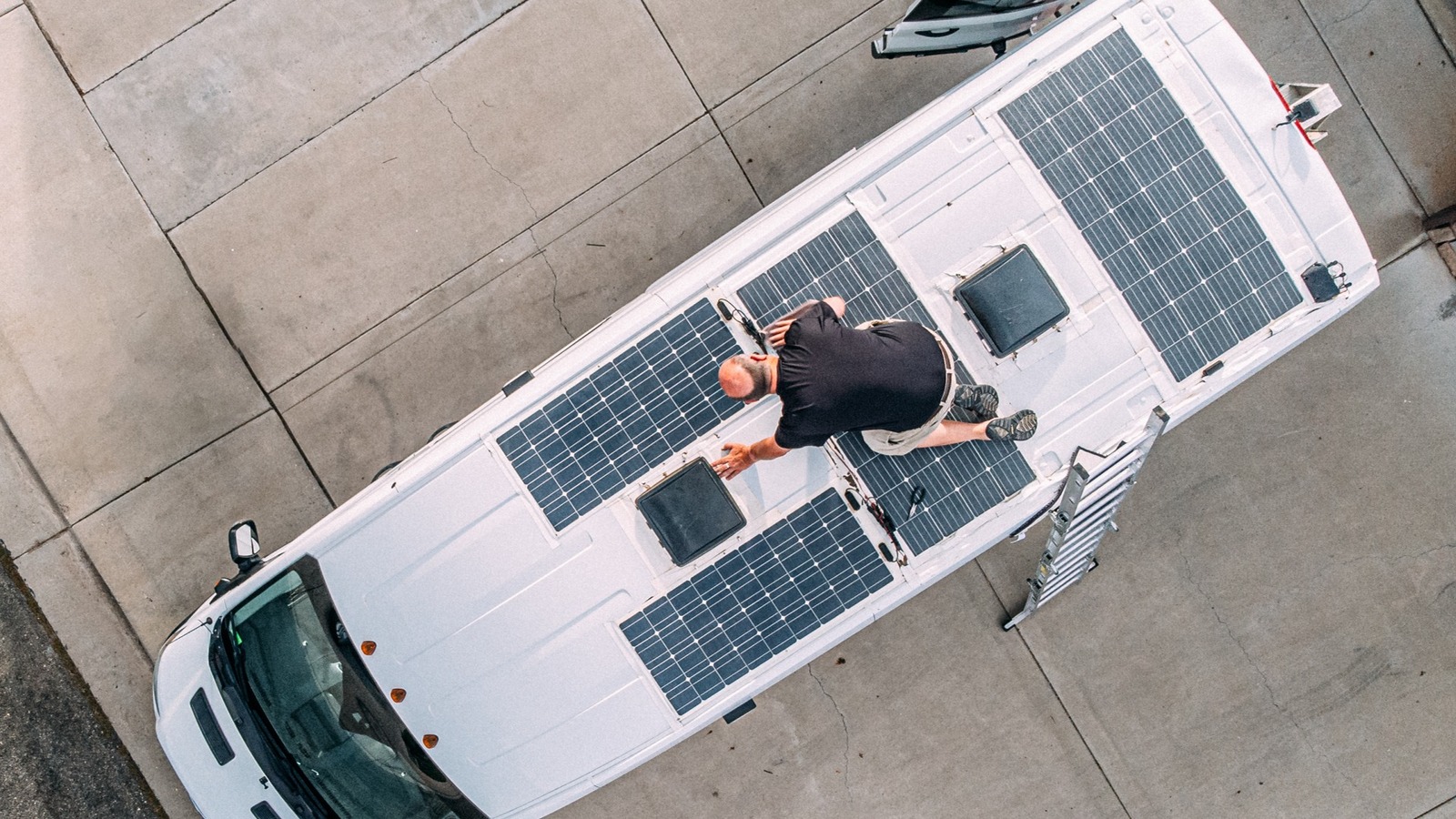
Flexible solar panels do have a place in the alternative energy market, and many reliable companies like Renogy, Rich Solar, and Sun Power have produced some highly rated flexible solar panels that are perfect for camping and other uses. The most efficient solar panels will be made of monocrystalline cells, which means the whole panel is one microscopic structure. This allows the panels to have higher energy conversion efficiency making them more effective than its cheaper multicrystal structure counterpart, polycrystalline.
Additionally, how the flexible panel gets installed on your roof will determine efficiency. Many flexible panels tend to have higher heat tolerance than rigid panels, so you don’t have to leave space underneath to dissipate the heat. However, just because you don’t have to doesn’t mean you shouldn’t. According to Renogy, if you place a spacer or two under the panel for breathing room, it may increase the panels’ efficiency.
The question is how well do they work? They are not as efficient as rigid solar panels, which typically come with a higher rated power output. However, that doesn’t mean you won’t get use out of them. From experience with a Renogy 100 Watt Monocrystalline Flexible Solar Panel installed on the roof of a camper, during peak hours of a cloudless, cool day in Arizona when the sun is shining directly overhead, the panel has taken in around 65 watts of power. Considering solar panels are known to only produce about 75% of their rated power, that’s not too bad.

